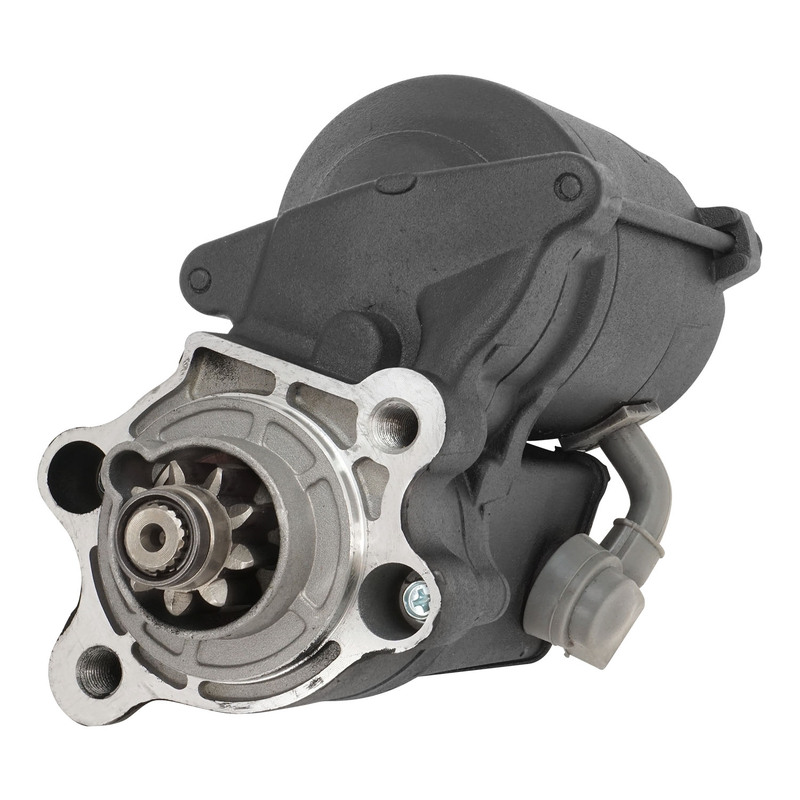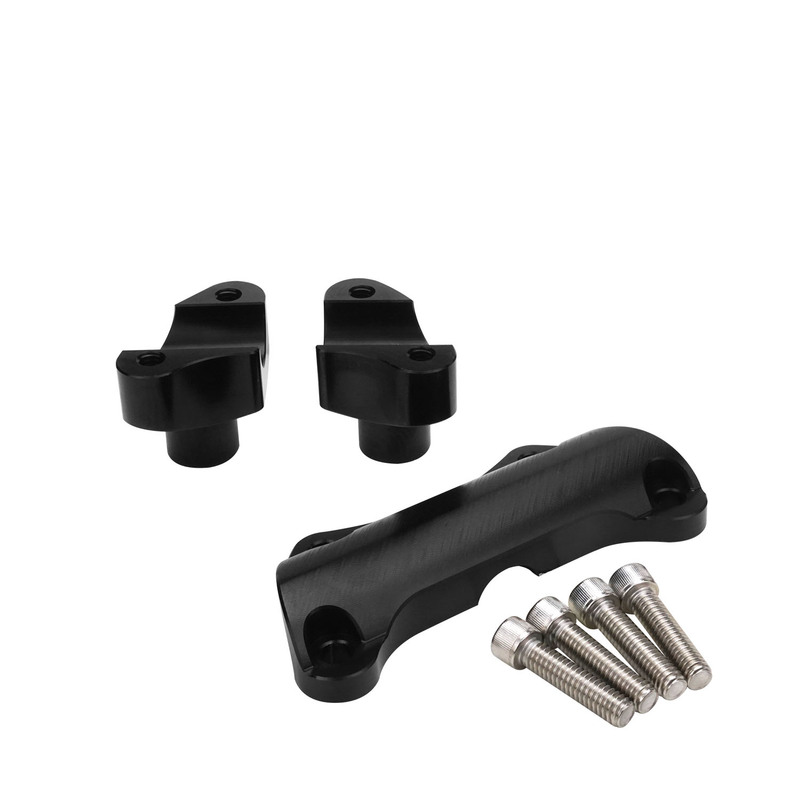Early Harley Servi-Car going to auction with Burns & Co
Burns & Co’s huge, three-day June Muscle, Classic & Collectable Car & Motorcycle + Other Auction is underway. The first night was on 23 June, with motorcycles included on 24 and 25 June. More than 100 lots on offer across all three nights of this auction means there’s something to appeal to just about everyone.
Motorcycles available on night 2 and night 3 (no bikes on night 1) include veteran-era British projects, post-war British classics, new and old Japanese dirt bikes, a very desirable Indian Scout Police Special, and a selection of Harley-Davidsons.
Of the latter, the highlight has to be a rare 1935 Servi-Car; the model that was Harley-Davidson’s workhorse for police and commercial use for more than 40 years.
View the Night 2 Catalogue & Bid Here
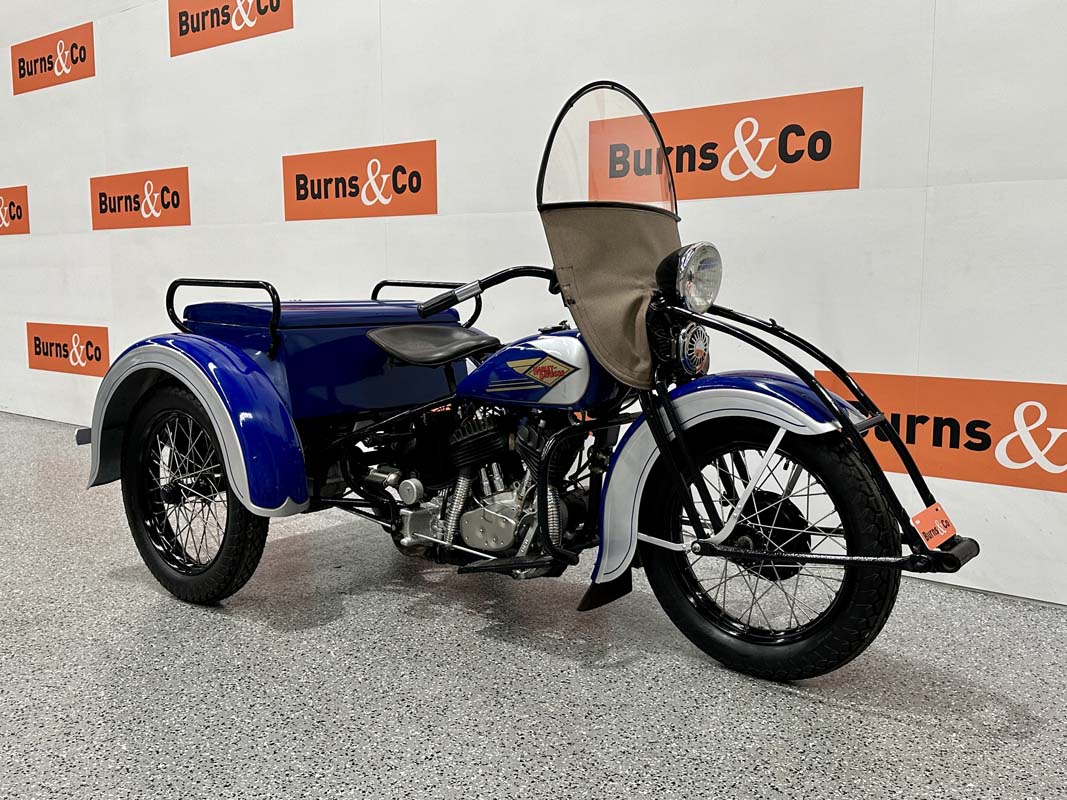
Introduced in 1932, the Servi-Car wasn’t the first factory three-wheeler to be offered by Harley-Davidson. Back in 1913, Harley launched the Model G; which was in the “forecar” configuration, with two wheels at the front and one at the rear. Between the front wheels, a large storage box enabled small businesses to make local deliveries more economically than with a car or truck. Beyond its unique front end, the Model G was the same as the Model 9 and 10 of the period – powered by a 60ci (990cc) v-twin, with a two-speed gearbox that was updated to three speeds in 1915. Poor sales saw the Model G forecar removed after 1916.

In the 1920s, Harley-Davidson offered the “Package Truck” for commercial use. This was essentially the same as a sidecar outfit, but replaced the passenger tub with a large, rectangular storage box. Again, this wasn’t a great success, nor was the ‘Cycle-Tow’ that followed in 1930. This was a conventional motorcycle, with outrigger wheels added at the back – like training wheels on a kid’s bicycle.
To understand the purpose behind this, you need to understand that, at the time, car servicing was far more frequent than it is today and “service” meant something. Back then, dealerships in large and small cities alike would provide a service where the car was collected from the owner’s home, driven to the dealership where the service was performed, then returned.
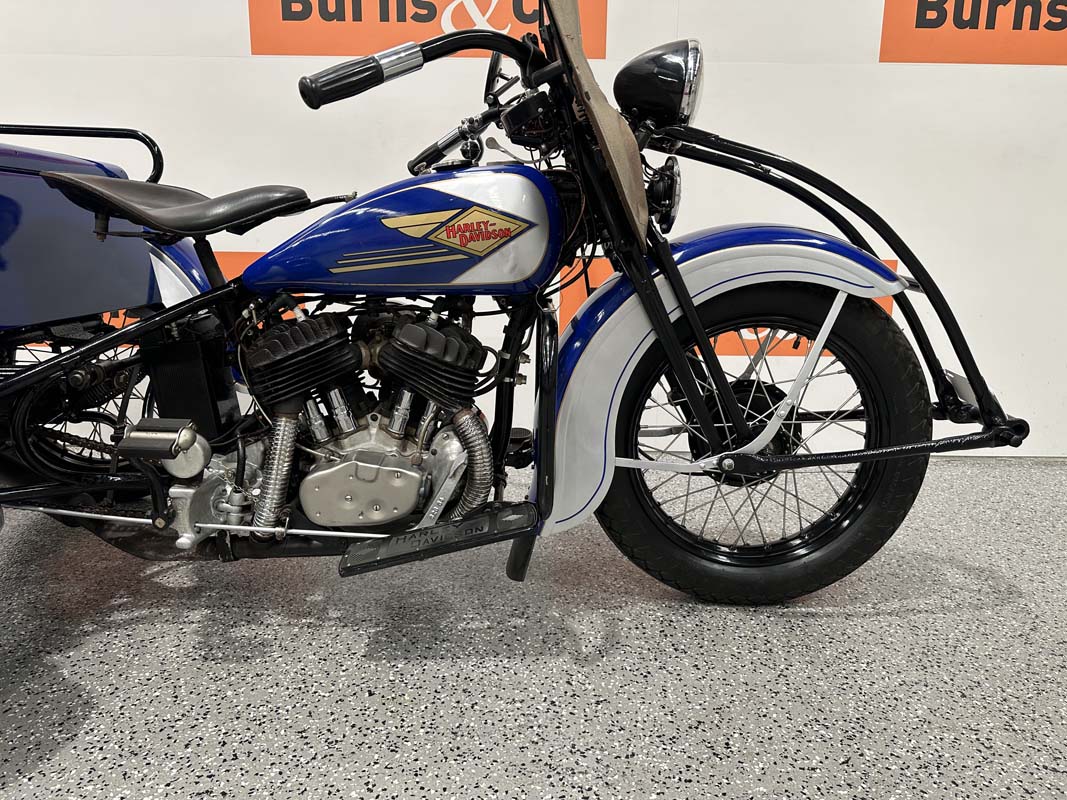
The transport to and from the dealership was the tricky part – requiring two men and a second car. The Cycle-Tow aimed to eliminate this. The mechanic or dealership staffer would ride to the customer, attach the Cycle-Tow to the car with a special bar that clamped to the rear bumper, extend the outrigger wheels to keep it stable, then drive to the dealership. Once the service was completed, the Cycle-Tow would be towed behind the car to the customer’s home, unhitched, then ridden back to the dealership. With the additional wheels down, the Cycle-Tow could also be used like a conventional motorcycle, enabling non-riders to use it safely.
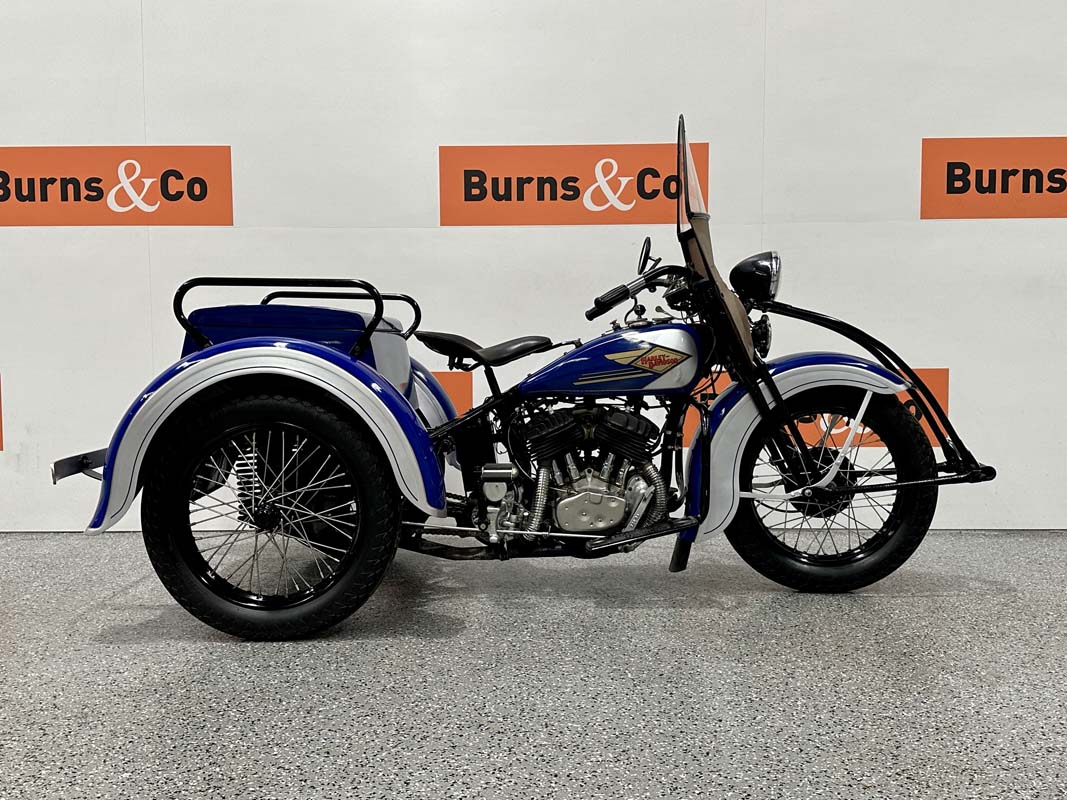
Harley‘s doubts over the sales potential of the Cycle-Tow were squashed when Indian introduced the ‘Dispatch Tow’ in 1931. This was essentially the same concept, but with a fixed trike configuration (one wheel at the front, two at the rear) and a storage box at the back to carry tools, parts, spare tyres and the like. A tow bar that clamped to a passenger car’s rear bumper enabled the Dispatch Tow to be hauled to and from a dealership in the same way as the Cycle-Tow, and being a conventional trike, it could be easily ridden by non-motorcyclists. Indian’s success with the Dispatch Tow was immediate, which resulted in Harley-Davidson bringing a rival to market – not the Cycle-Tow, but the all new ‘Servi-Car’.
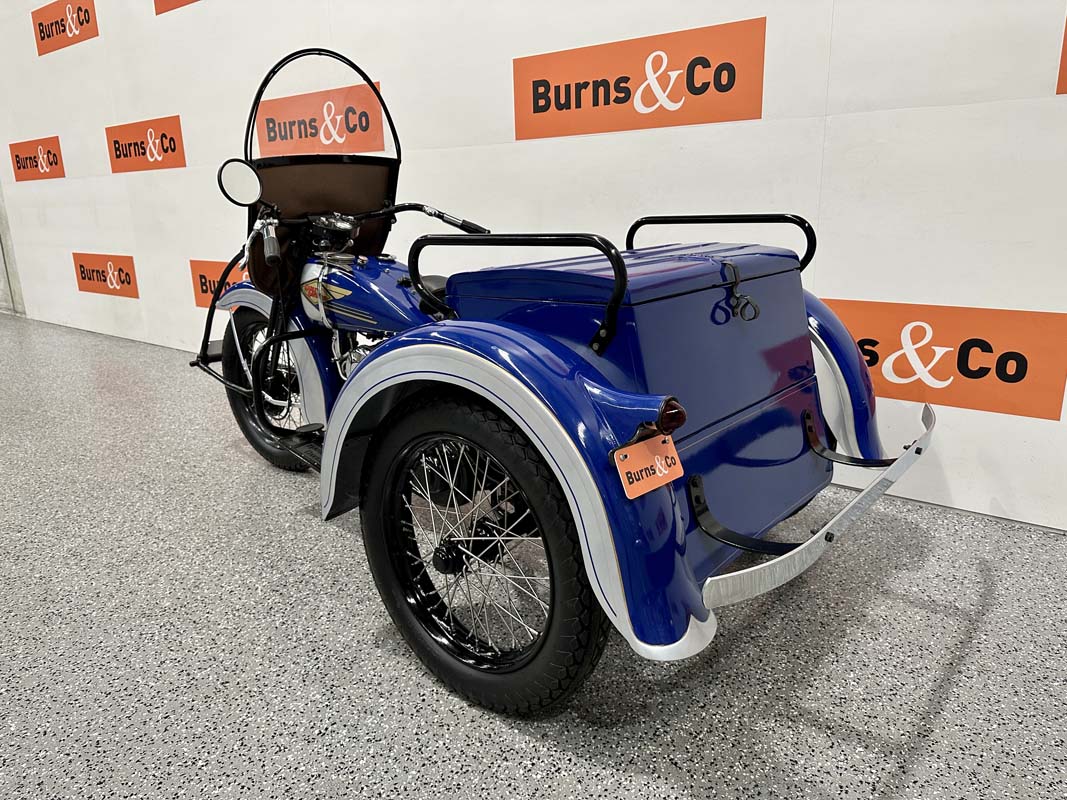
Arriving late in the 1932 model year, the Servi-Car carried the previously used ‘Model G’ designation and used much of the contemporary Model R two-wheeler’s componentry – forward section of the frame, forks, 45-degree 45ci (750cc) v-twin engine and three-speed transmission. A bespoke rear frame section allowed a conventional car-type diff on a solid axle to be fitted, The track of the rear wheels was 42 inches (106cm); deliberately chosen to reflect the track of most cars available at the time, meaning the Servi-Car could follow the path made by cars on rough roads and through snow.
A parking brake was standard, but reverse gear was a cost option initially, only becoming standard in 1934. A steel storage box with a timber-lined floor was also standard and could carry a range of equipment.
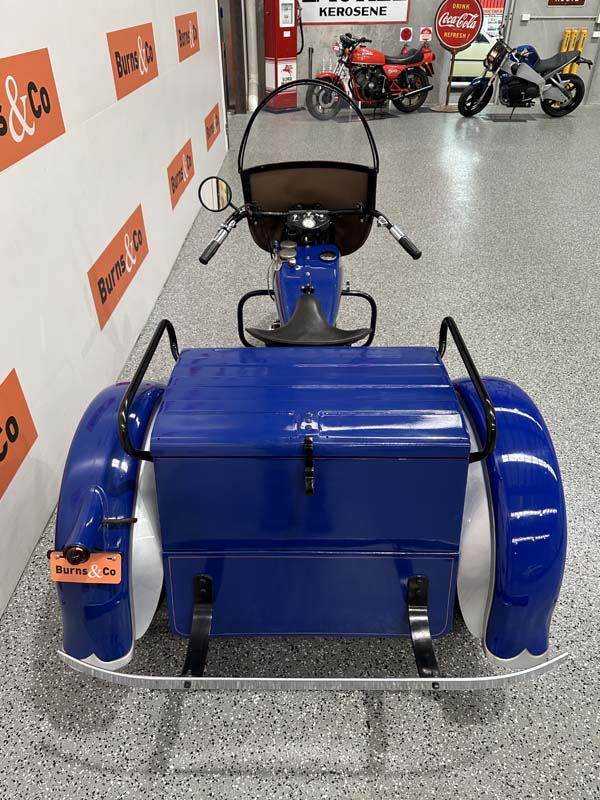
One of the most common items carried in the storage box, at least initially, was the tow bar. On the early Servi-Cars, like the 1935 example being auctioned by Burns & Co., a bulky extension of the forks protected the front end from damage when it was being towed. The tow bar pivoted off the leading edge of this, but the impracticality of constantly attaching and re-attaching the bar saw a different system adopted by the early 1940s, where the tow bar was permanently attached to the fork lowers and could be swung up to clamp to the fork upper when not in use.
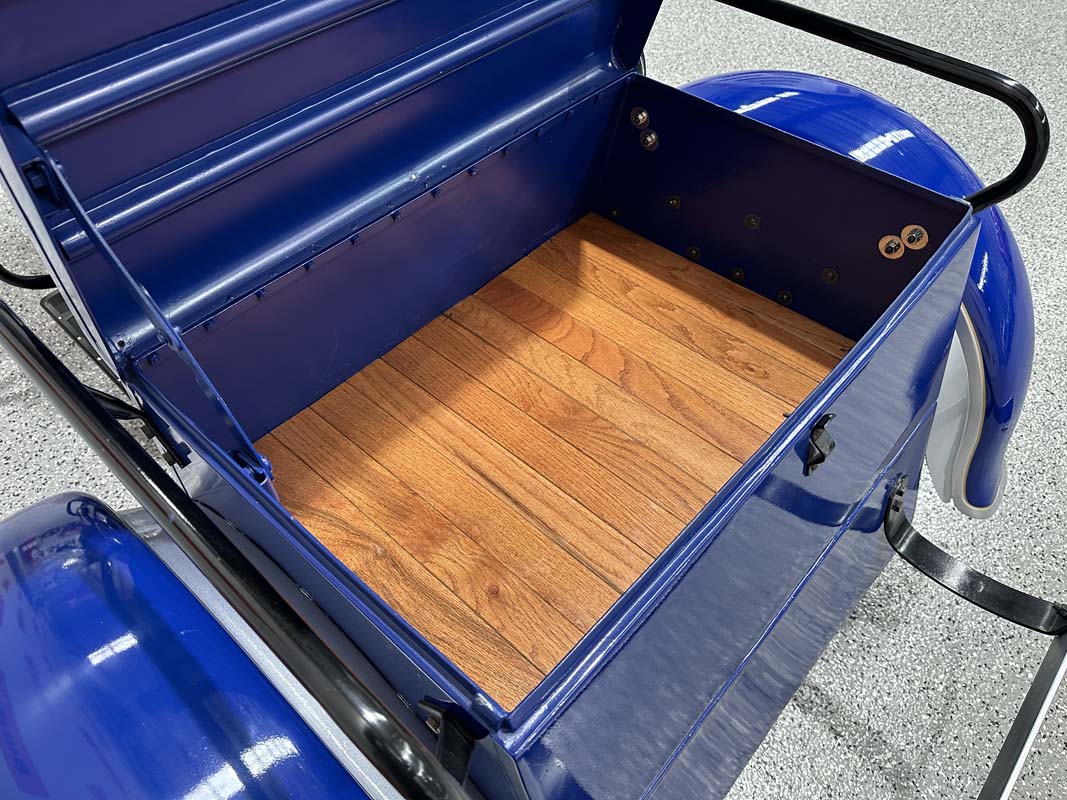
While conceived primarily as an automotive dealership service vehicle, Harley-Davidson saw the Servi-Car’s potential beyond this for light delivery work. As such, different configurations were offered, including non-tow bar models, units with larger storage boxes and even one with an air tank fitted to re-inflate tyres. These carried suffixes to the base Model G designation – GA, GD, GDT and GE – identifying their altered specification.
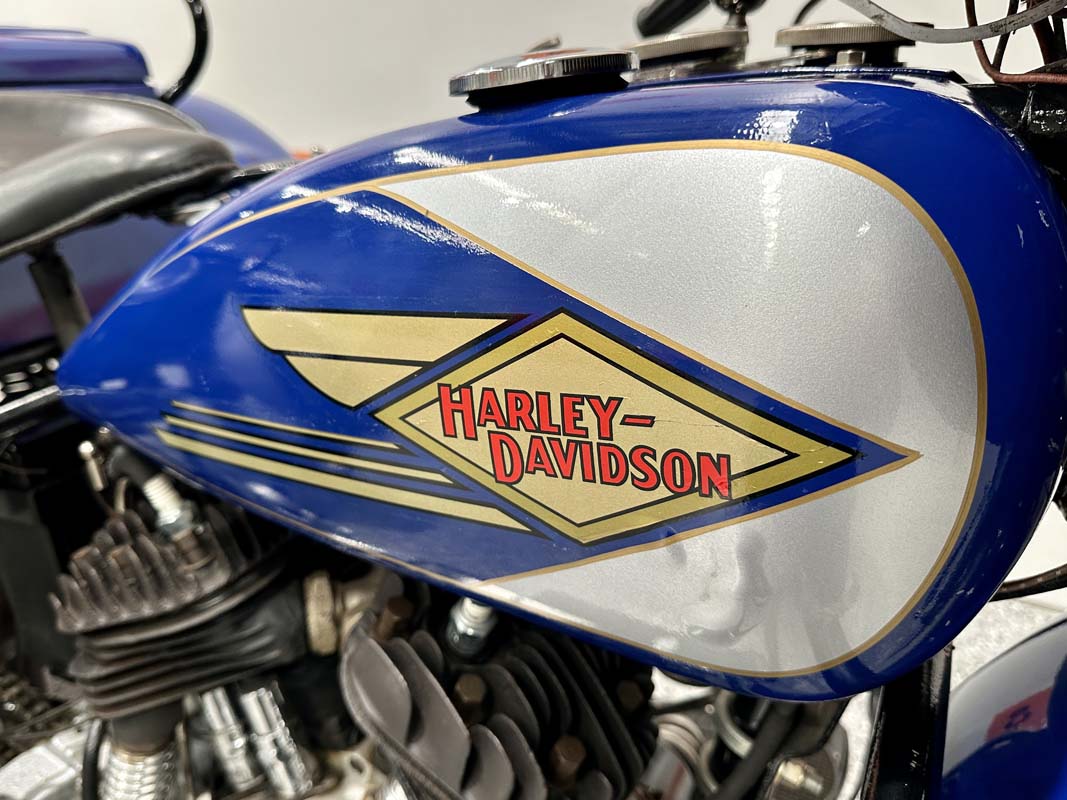
Annual colour, badging and detail upgrades aside, the Servi-Car changed very little for the entirety of its time on the market. When the W Series solos replaced the R Series in 1937, the Model G gained that engine, along with improvements to the transmission, brakes and suspension on the big twins that followed. It retained the 45ci (750cc) sidevalve v-twin until production ended in 1973.
The Servi-Car was a late adopter of the Hydra-Glide’s telescopic forks, coming in 1958 after the solo big twins got them in 1949, but it was the first to offer an electric starter – in 1964 - beating the ElectraGlide by a year. Replacing the heavy steel storage box in 1967 with one made of fibreglass was the last significant change before the model was discontinued.

By this stage, the Servi-Car’s use as a dealership transport vehicle had long since passed and it was being used almost exclusively by police forces for traffic control and parking enforcement. The latter saw some Servi-Cars produced with a left-hand throttle and right-hand hand shift, enabling the rider to “chalk” the tyres of parked vehicles without stopping. Outside of police work, a handful were being used as delivery vehicles, and there’s an image that shows at least one Servi-Car was converted to an ice-cream truck.
Most Servi-Cars that survive today are post-WWII ex-police vehicles, so it makes the appearance of a much earlier model in the Burns & Co. auction particularly interesting.
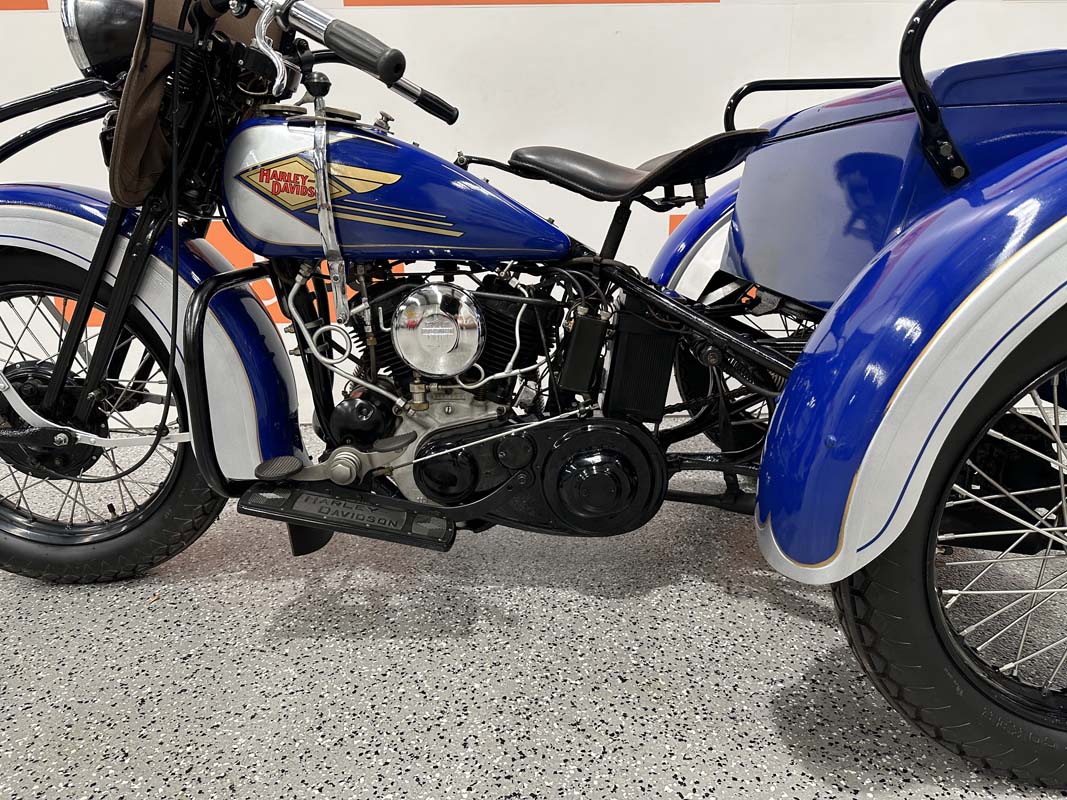
As offered at Burns & Co’s June Muscle, Classic & Collectable Car & Motorcycle + Other Auction, this 1935 Model G Servi-Car is described as one of 323 examples of the base Model G offered that year and one of only 11 with right-hand throttle and left-hand shift. A factory option windshield is fitted and it’s said to include the detachable tow bar, too.
According to the owner prior to the consignor, this Servi-Car was purchased by Henry Ford (yep, THAT Henry Ford) and donated to a circus based in New York State. The previous owner had this trike for more than 40 years, completing a full restoration during that time.
Of the restoration, most elements still present well. The paint is said to be showing its age, but patina on a vehicle like this isn’t necessarily a bad thing. The wheels have been relaced with new spokes, and new tyres have been fitted. More recently, a new ignition coil was fitted.
Running and ready to ride, this would make a nice addition to a Harley collection, and with the tow bar, it would also be a great “companion” to carry behind a car from the same 1930s period, making for a real conversation starter at car shows!

This rare Harley-Davidson Servi-Car trike will go across the block on night 2 of this three-night auction – Tuesday, 24 June. For more details, click HERE.
For more information on all motorcycle lots in the Burns & Co. June Muscle, Classic & Collectable Car & Motorcycle + Other Auction, click on the links below to see each night’s offerings.
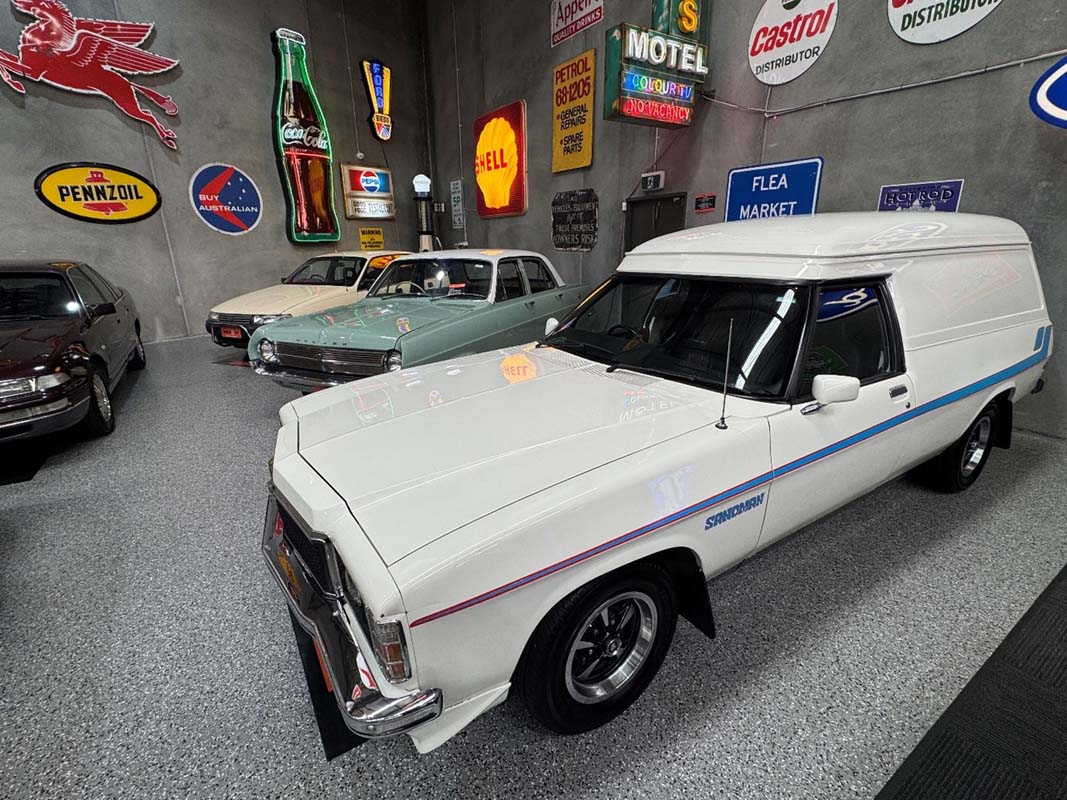
Pre-bidding is available on all lots prior to going under the hammer, with each night’s auction commencing at 6:00PM AEST at Burns & Co’s Melbourne auction rooms – 4 Market Drive, Bayswater, VIC, 3153.
For more details on inspection times, conditions of sale and anything else regarding Burns & Co. auctions, click HERE.








